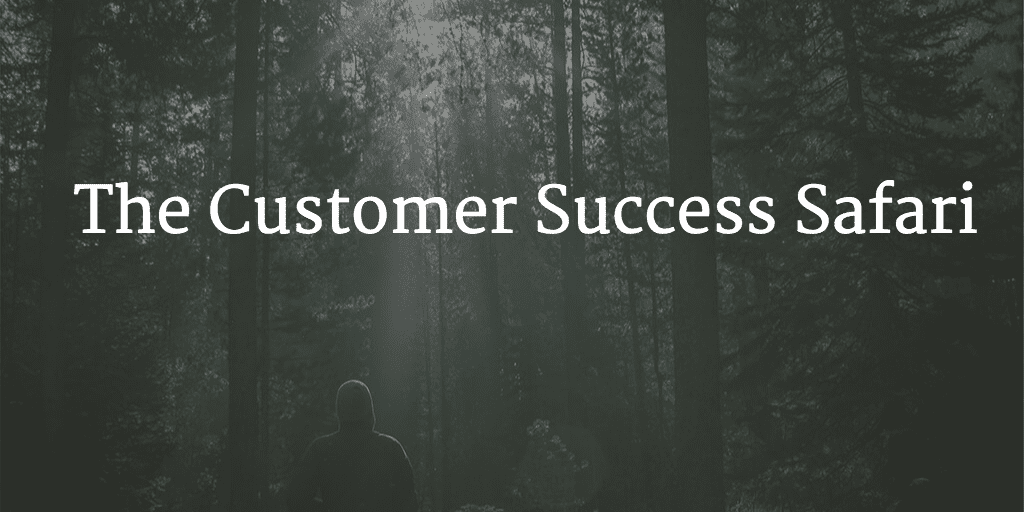Until this past month, the only safari that applied to my life was an alternative web browser that I would use when Chrome was giving me trouble. Today, I’m writing this entry from a game reserve in South Africa overlooking the Sand River in the middle of a two-week safari honeymoon. The days on safari are long and caffeinated – not an ideal vacation for those looking to catch up on sleep. The morning starts with a 5:00 AM wake up call and ends with a communal dinner (locally referred to as a bourma) that will typically go until about midnight.
The main events for the day are two 3-4 hour game drives with a safari guide and trekker – two rifle carrying game experts who drive our small group through the bush in an open air Land Rover. The trekker is positioned in the front of the car, almost as a living hood ornament, analyzing the prints that animals leave behind as they go about their lives in the reserve. The guide is behind the wheel, navigating the vehicle just outside the comfort zone of its passengers and up close to animals who could seemingly care less about our proximity.
Call it the time away from the office, or another malaria pill hallucination, but I couldn’t help but draw a parallel between life on safari and customer success.
You see, all CSM teams need both a safari guide and a trekker. The safari guide certification process requires several years of experience as a game trekker, learning how to use indicators such as prints, smells (gross) and sounds to understand which direction a particular animal may be heading and when. These trekkers use sensational data in a way that is simply brilliant. They correlate a number of different factors that you and I would likely miss without proper training, and more often than not, are incredibly accurate in leading us to the animal.
Here’s an example. At-risk animals such as impala and buffalo rely heavily on scent and sound to determine their safety score out in the wild. When the wind rolls through the bush, these animals become vulnerable to attack since their senses become impaired and will take to areas of thicker bush to seek protection. On the other end of the food chain, predators such as lions and leopards know that a windy day means that it’s time to eat, since they rely heavier on their sharp vision. Trekkers know this behavior well and will drive straight to the thick bush on a windy day – where they’re more likely to discover a kill.
Trekkers are the Customer Success Managers on the front lines using data from a number of different sources to triangulate the position, direction and intention of their customers. Sure the skills required often can’t be taught, but there’s a good amount of intuition that can only be developed with time and experience with the customer. They are the ones out in front of the rest of the car, who would be lion food before the rest of us if not for their deep understanding of each individual customer and their respective temperament. They know when things could go wrong and take on the responsibility of proactively neutralizing any potential risks that may arise that would otherwise endanger the lives of one of the several Nikon-yielding tourists in the vehicle.
Trekkers will share their recommendation with the safari guide, who will validate his assumptions and make recommendations on next steps. The safari guide has built expertise over several years (oftentimes 10+ within the same reserve) and knows which playbook to deploy and when. He works in lockstep with the trekker as the trust between the two is developed, and mentors him along his career path.
The role of the safari guide isn’t far beyond that of most VP’s of Customer Success – leaders who have spent years in the industry and have the battle scars to show for it. They are generally the ones behind the wheel, driving the overall customer success strategy for the business while the CSMs on the front lines keep pulse on customer patterns and behavior. He will set the course and be the voice of the customer back to those within the business, just as the safari guide gives context to the trekker’s findings to those in the rover.
Ultimately, a well functioning safari relies on the chemistry of this two-man team. Together, like within the CSM organization, their coordination is key to much more than just value-creation for the business, but the survival of its stakeholders.
But in the end, our customer success world may be a bit cleaner job… having a few less bugs than the game reserves do. Well, at least for most of us.
Salakahle!

